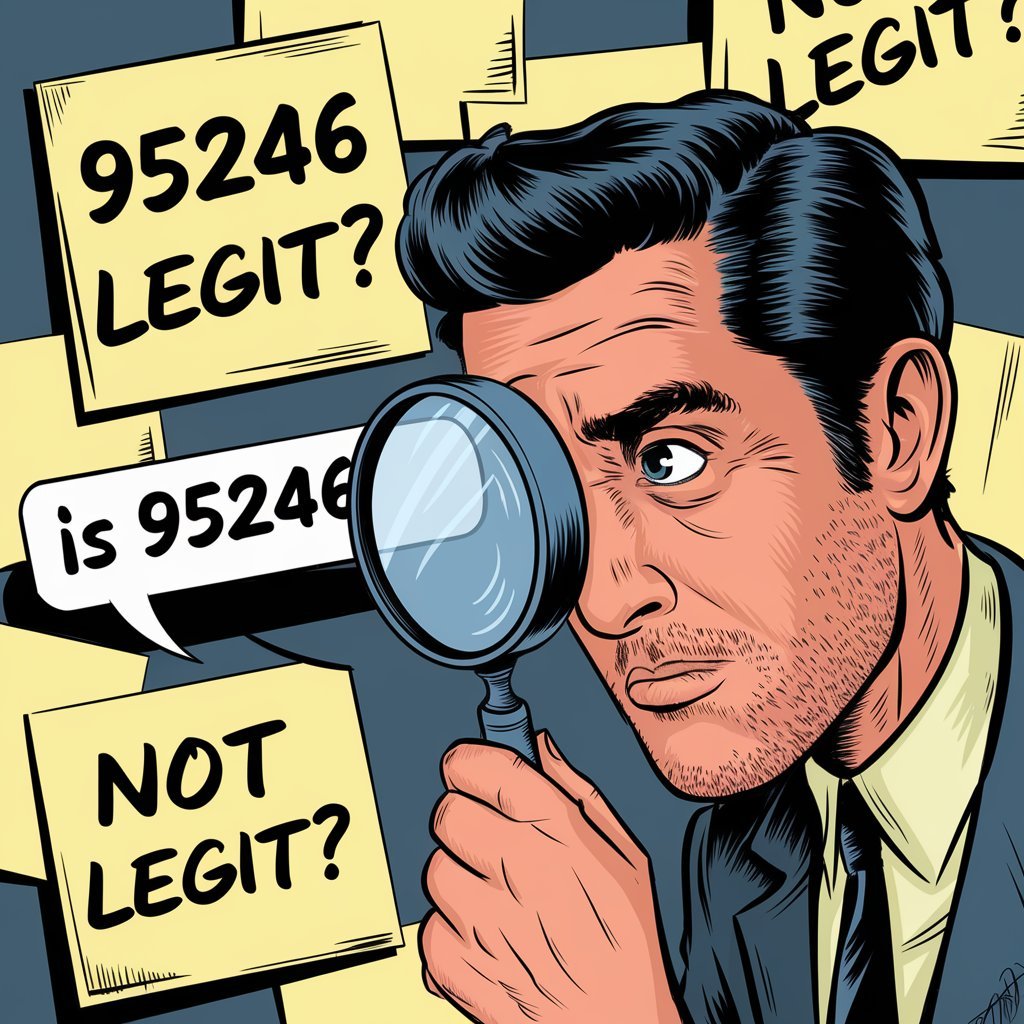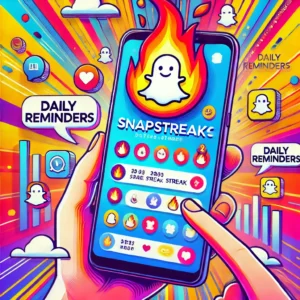Ever got a text from 95246 and thought, “Is this for real?” You’re not alone. With so many scams out there, it’s hard to know what’s legit. The 95246 number is often linked with ID.me, a company that helps verify identities online. But how do you tell if a message is genuine or just another scam? This article will help you figure out if that 95246 text message is legit or not.
Understanding the 95246 Text Message
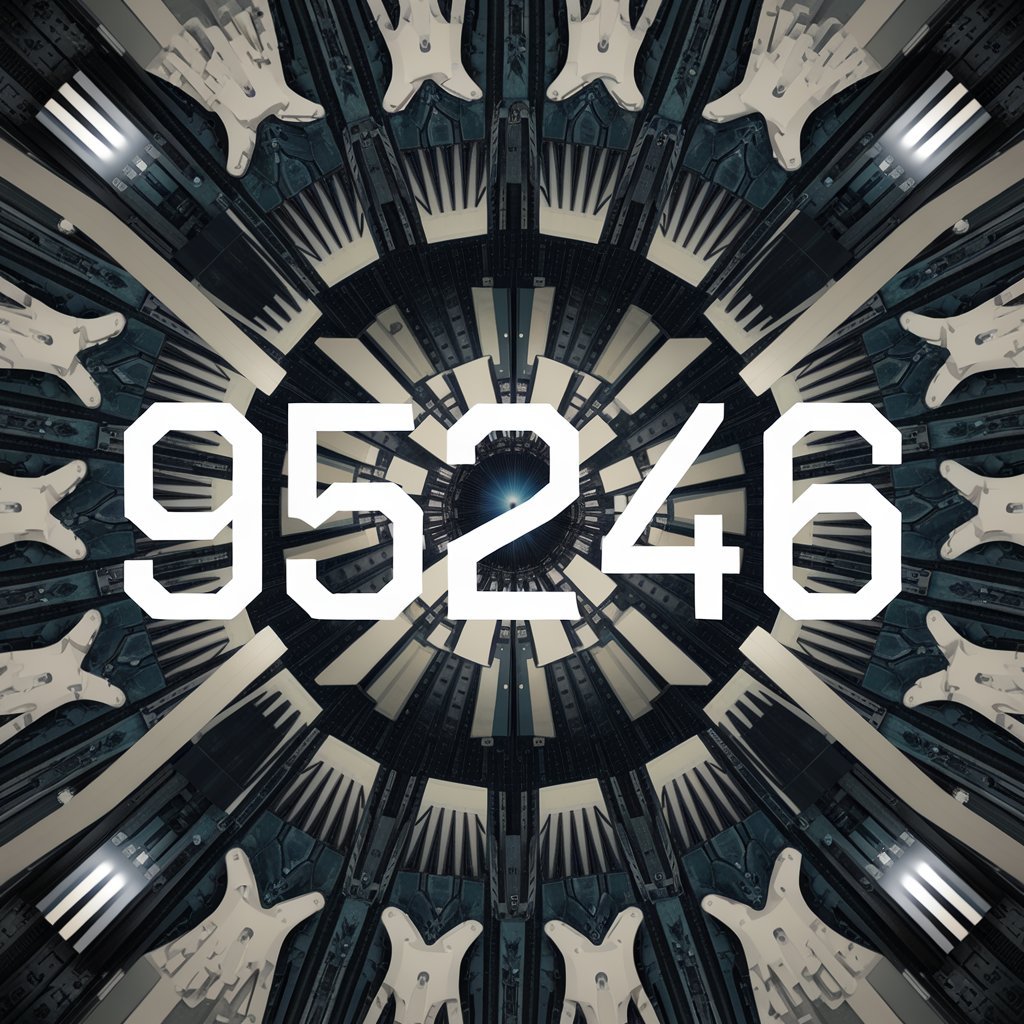
What is the 95246 Text Message?
The 95246 text message is a communication sent from a short code, primarily associated with ID.me, a service used for online identity verification. Yes ID.me is a trusted platform utilized by various government agencies, healthcare providers, and retailers to confirm your identity digitally. These messages often notify you about the use of your identity or provide verification codes. It’s like getting a digital ID check when accessing certain services online.
Who Uses the 95246 Short Code?
The 95246 short code is predominantly used by ID.me, an online identity verification service. This service is crucial for many organizations that need to authenticate the identities of their users, similar to how you might show your ID card in person. Organizations such as government bodies, healthcare systems, and retail companies rely on this system to ensure secure and accurate identity verification.
Common Reasons for Receiving a 95246 Text
You might receive a text from 95246 for several reasons:
- Identity Verification: Often, these texts are sent to confirm your identity when accessing services that require verification.
- Login Alerts: Notifications about logging into services like government websites, ensuring you are aware of access attempts.
- Security Notifications: Alerts if there’s any suspicious activity related to your ID.me account.
Receiving a text from 95246 is usually part of a legitimate process to keep your identity secure and to inform you about your activities online. Always check that the sender is indeed 95246 to avoid scams. For those looking to identify the legitimacy of such messages, services like Truecaller can help determine if these communications are genuine business messages or potential spam.
Legitimacy of 95246 Text Messages

How to Verify a 95246 Text Message
When you receive a text from 95246, it’s natural to wonder if it’s legitimate. One of the first steps is to check the sender’s information. Ensure that the message is genuinely from 95246 and not a cleverly disguised number. If the sender’s ID doesn’t match, it’s a red flag. Another way to verify is by using a reverse phone lookup service. This can help you confirm whether the number is associated with a reputable organization or if it’s part of a scam.
Signs of a Legitimate 95246 Message
Legitimate messages from 95246 often include certain characteristics:
- They clearly state that they are from ID.me.
- The content is usually related to identity verification or security alerts.
- Messages may include specific details like recent logins or verification codes.
If the message content seems generic or asks for personal information, be cautious.
Common Scams Involving 95246
Scammers have become quite crafty, using numbers like 95246 to trick people. Common scams might involve:
- Requesting personal information under the guise of verification.
- Sending links that lead to fake websites.
- Claiming urgent action is needed to prevent account issues.
Be wary of any message that pressures you to act quickly or asks for sensitive details.
It’s crucial to stay vigilant and question any unexpected messages from short codes like 95246. Always verify before taking any action.
ID.me and the 95246 Short Code
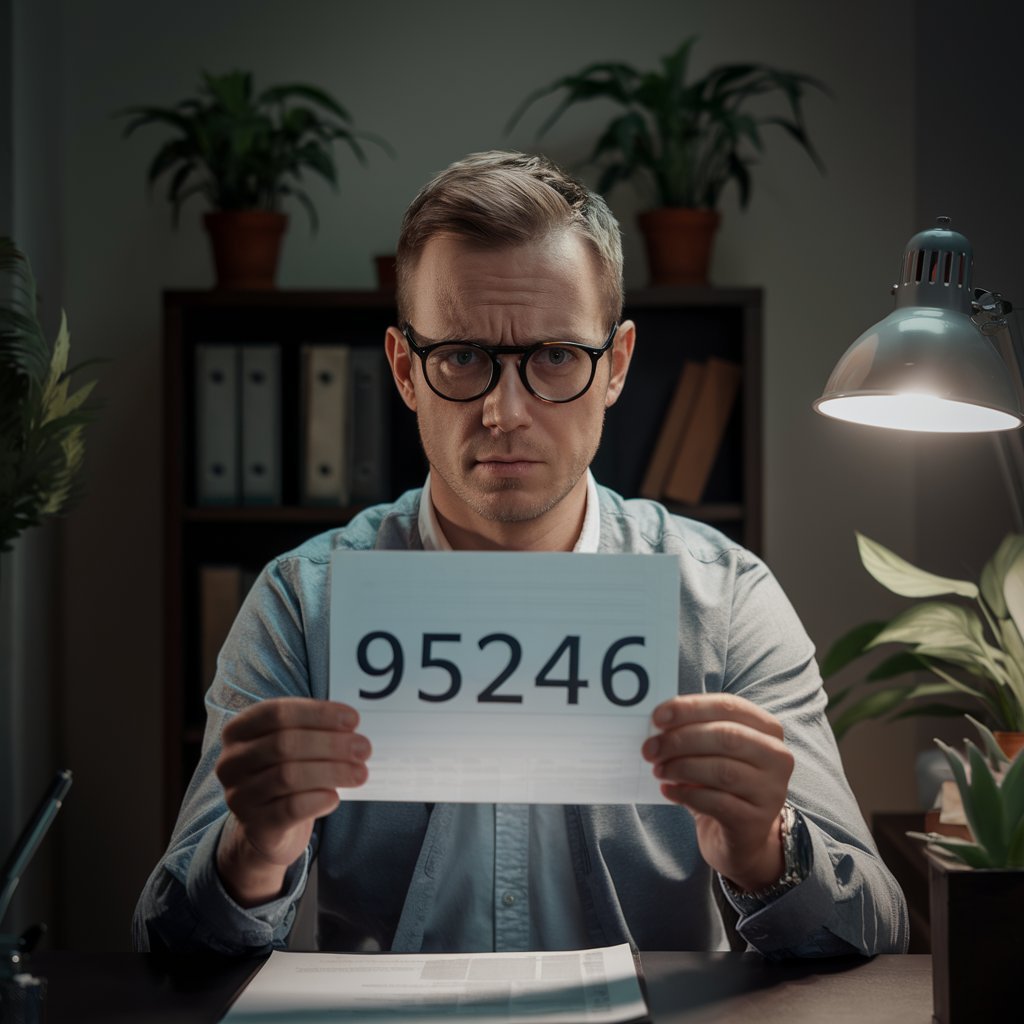
Role of ID.me in 95246 Messaging
ID.me is like your digital ID card, making it simpler to prove who you are online. It’s used by a lot of big names, like government agencies and healthcare providers, to confirm your identity. When you get a text from 95246, it’s usually ID.me letting you know about something important, like logging into a government site. Think of it as your online identity watchdog.
How ID.me Uses 95246 for Verification
When you log into certain sites, ID.me sends you a code via the 95246 number. It’s a way to make sure it’s really you trying to get in. This is especially important for services that need to be extra careful about who they let in, like Tinder requiring SMS verification when you log in from a new device.
Security Measures by ID.me
ID.me doesn’t just send out codes willy-nilly. They’ve got security measures in place to keep your info safe. Here are a few things they do:
- Two-Factor Authentication: Besides your password, you’ll need a code from 95246 to log in.
- Alerts for Unusual Activity: If something seems fishy, like a login from a new place, you’ll get a heads-up.
- Secure Data Handling: They make sure your data isn’t just floating around for anyone to grab.
Getting a text from 95246 means ID.me is on the job, keeping your online identity secure. Just make sure the message is really from them, and not a sneaky scammer trying to pull a fast one.
How to Respond to a 95246 Text Message

Steps to Take After Receiving a 95246 Text
When you get a text from 95246, it’s likely from ID.me, a company that helps verify your identity online. Here’s what you should do:
- Confirm the Sender: Check that the message is actually from 95246. If it looks fishy, it might be a scam.
- Read the Message Carefully: Understand why you’re getting the text. Is it a verification code or a notice about your account?
- Take Action if Necessary: If the message asks you to verify something, do it promptly. If you didn’t initiate the request, contact ID.me.
Reporting Suspicious 95246 Messages
If you think the message from 95246 is suspicious, here’s how to handle it:
- Do Not Click on Links: Avoid clicking on any links in the message if you doubt its authenticity.
- Report the Message: Forward the suspicious text to your mobile carrier’s spam number, often 7726 (SPAM).
- Contact ID.me: Reach out to ID.me directly to verify the message’s legitimacy.
When to Contact ID.me Support
Sometimes, you might need extra help. Reach out to ID.me support if:
- You Receive Unauthorized Alerts: If you get a text about activity you didn’t do, let them know.
- You’re Unsure About a Message: If something doesn’t seem right, it’s better to ask.
- You Need Verification Help: Support can assist if you’re having trouble with the verification process.
Remember, staying alert and cautious can protect you from potential scams. If you live in an area with high lead risk, as indicated by specific ZIP codes, it’s crucial to remain vigilant about identity verification messages.
Security Risks Associated with 95246 Texts
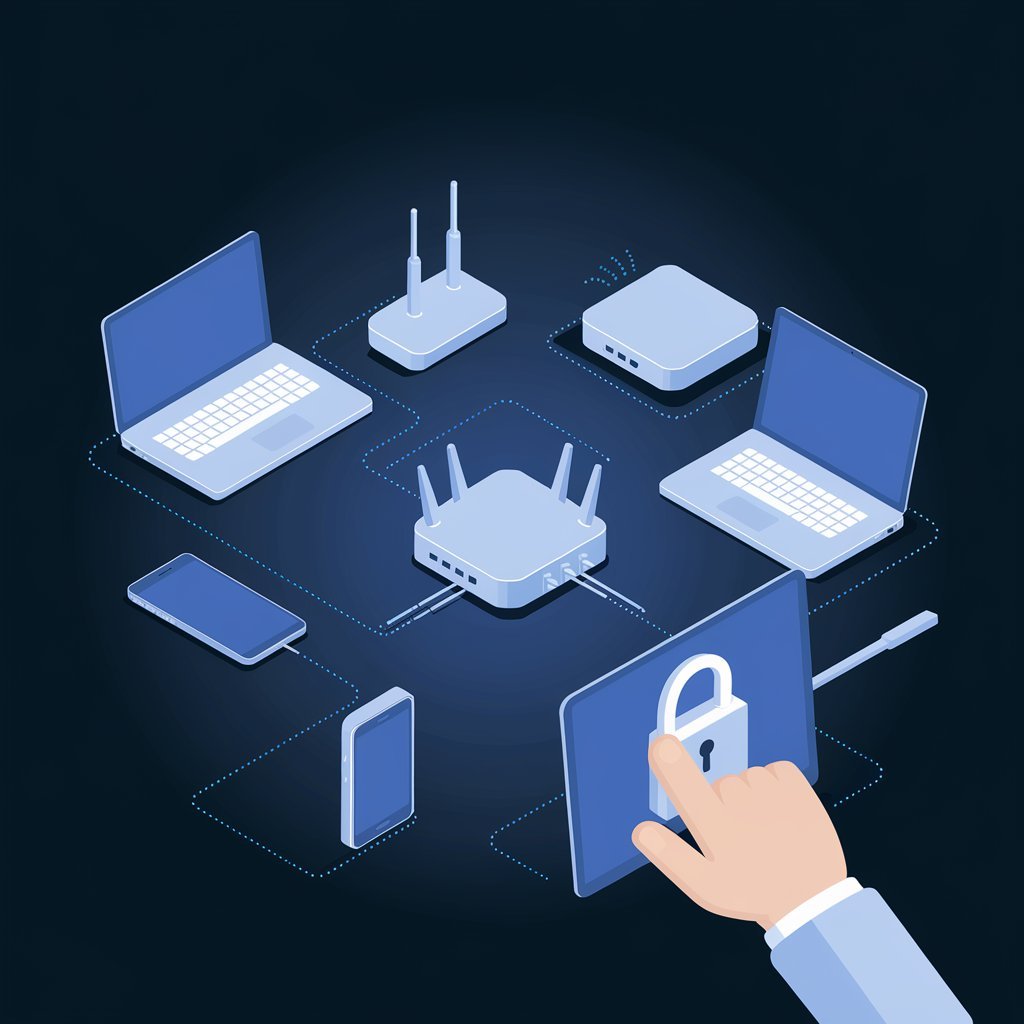
Potential Threats from 95246 Scams
Text messages from 95246 aren’t always what they seem. Scammers are getting smarter, using this short code to trick folks into giving up personal info. These texts might look like they’re from ID.me, but they’re not. Instead, they’re phishing attempts trying to steal your identity or money.
Here’s what you should watch out for:
- Messages asking for personal details like your Social Security number.
- Links that redirect you to fake websites.
- Urgent requests claiming your account will be locked.
Protecting Your Identity from 95246 Scams
Staying safe is all about being alert. If you get a 95246 text, don’t panic. Instead, take these steps:
- Verify the sender’s number. Make sure it’s genuinely from 95246.
- Avoid clicking on links or downloading attachments.
- Report any suspicious texts to ID.me immediately.
It’s better to be cautious than to fall victim to a scam. Always double-check before taking any action.
Recognizing Phishing Attempts
Phishing texts can be tricky to spot. They often mimic legitimate messages. Here’s how you can recognize them:
- Look for spelling or grammar mistakes.
- Check if the message creates a sense of urgency.
- Be wary of messages asking for sensitive info.
By understanding these security risks, you can better protect yourself from falling prey to scams involving the 95246 text code. Remember, if something feels off, it probably is. Stay informed and stay safe.
Using Virtual Numbers for 95246 Verification
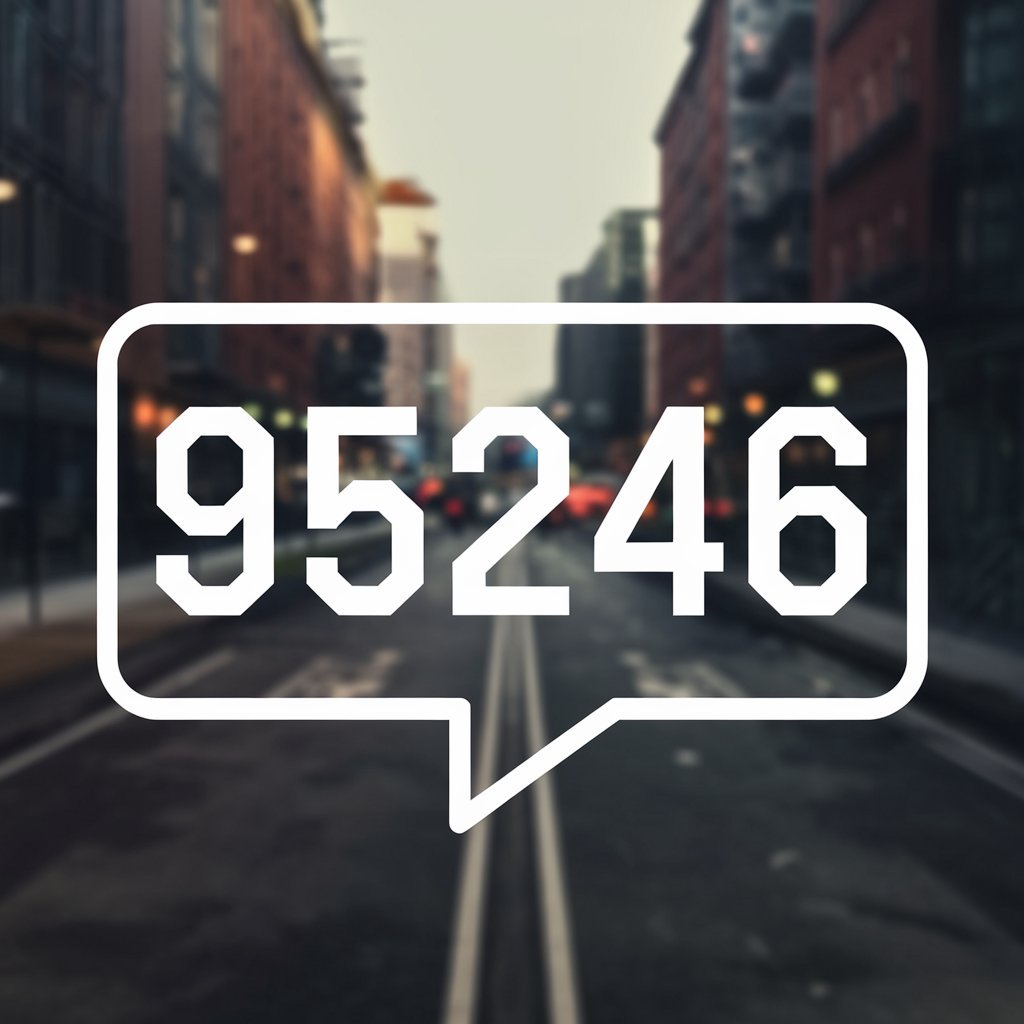
Benefits of Virtual Numbers
Using virtual numbers can be a game-changer when it comes to maintaining privacy and security online. Here’s why they’re worth considering:
- Enhanced Privacy: By using a virtual number, you keep your real phone number hidden, protecting against spam and unwanted contacts.
- Ease of Use: Setting up a virtual number is straightforward, and it allows you to receive texts from short codes like 95246 effortlessly.
- Global Access: Virtual numbers can be used anywhere, making them ideal for international users needing local verification.
How to Obtain a Virtual Number
Getting a virtual number is simpler than you might think. Here’s a quick guide:
- Choose a Service: Find a reliable provider that offers virtual numbers compatible with the 95246 short code.
- Sign Up: Register on their platform, which usually requires basic information and a payment method.
- Select Your Number: Pick a number from the available options. Some services let you choose based on country or region.
Using Virtual Numbers Safely
While virtual numbers offer many benefits, it’s crucial to use them wisely:
- Discard When Done: Once you’ve completed your verification, you can dispose of the number to avoid future spam.
- Stay Alert: Be cautious of any messages that seem suspicious, even when using a temporary number.
- Monitor Usage: Keep track of where you use your virtual number to prevent unauthorized access.
Virtual numbers provide a flexible and secure way to manage online communications, especially for services requiring SMS verification like 95246. Always prioritize your privacy and stay informed about how your data is being used.
Common Misconceptions About 95246 Texts
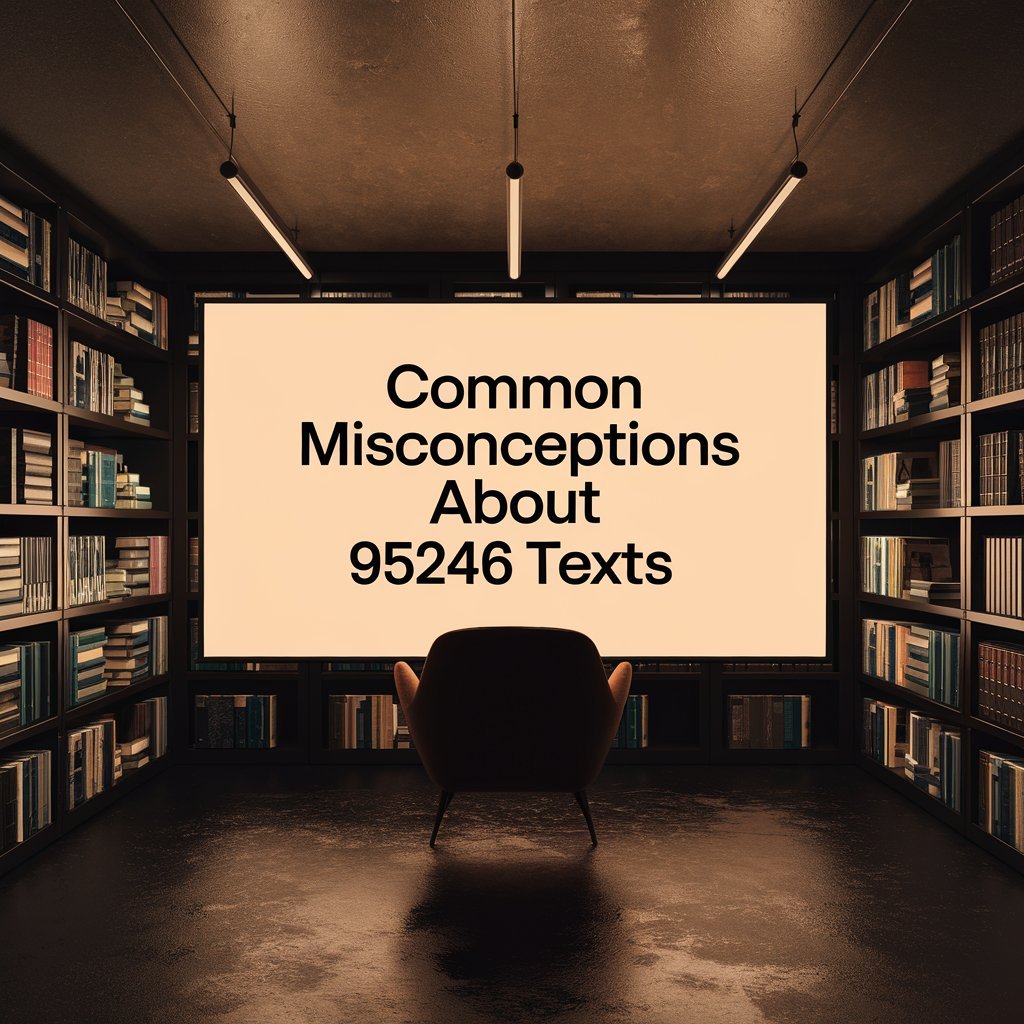
Debunking Myths About 95246
When it comes to the 95246 text message, there’s a lot of confusion floating around. Some folks think it’s always a scam, while others believe it’s just spam. The truth is, messages from 95246 can be legitimate, often sent by ID.me for identity verification. But, it’s crucial to verify who the sender is. If it claims to be from ID.me but the sender info doesn’t match, you’re likely dealing with a scam.
Understanding the Purpose of 95246
The 95246 short code is primarily used by ID.me to help verify your identity online. This means if you’re logging into a government service or a retailer that uses ID.me, you might get a message from this number. It’s like the digital equivalent of showing your ID card. The goal is to make sure it’s really you trying to access these services.
Clarifying Misunderstandings
There are several misconceptions about these messages. Some think they are always urgent or require immediate action. In reality, many of these texts are just routine notifications. They might inform you of a login or ask you to verify an action you initiated. It’s important to read the message carefully and not rush into clicking any links, especially if you’re unsure about the sender.
Always take a moment to verify any message you receive from 95246. Double-check the sender’s information and ensure it’s from a trusted source before taking any action.
Legal Implications of 95246 Text Messages
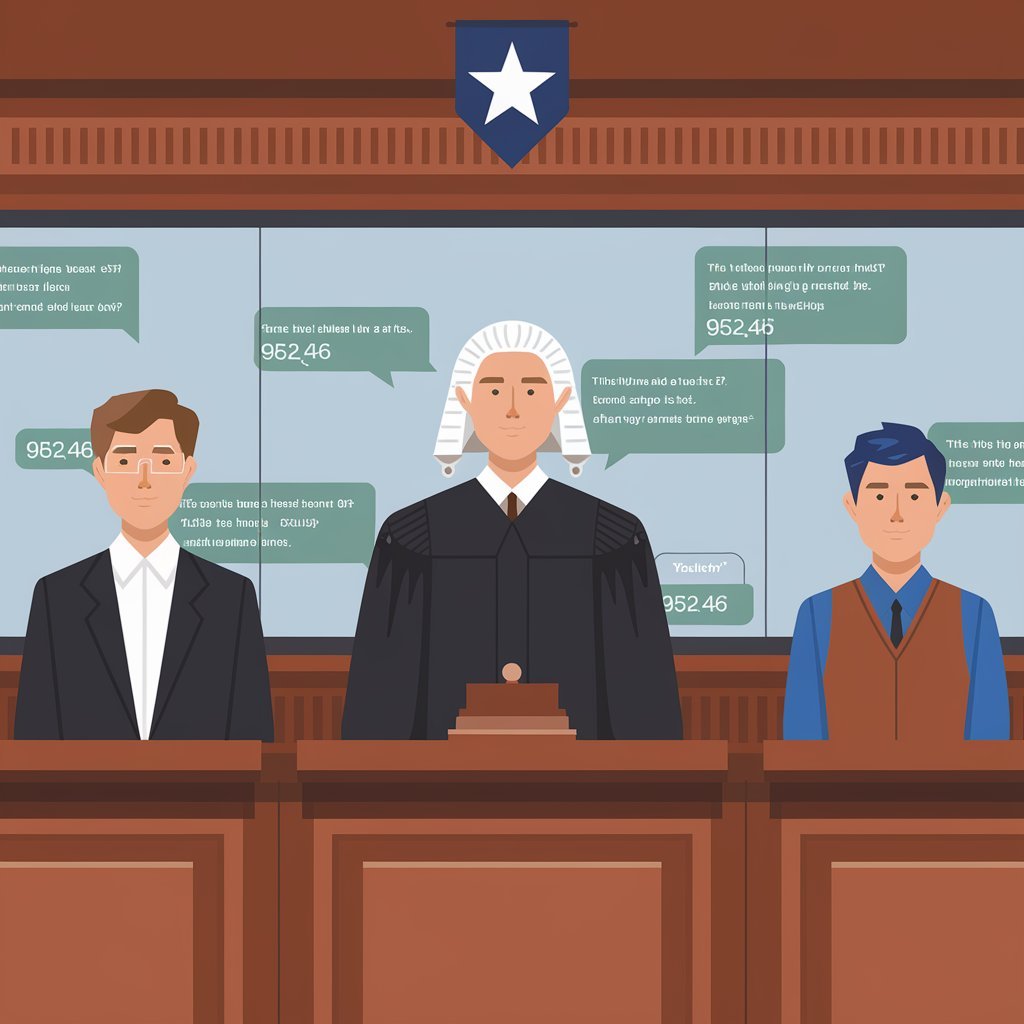
Regulations Governing 95246 Use
The 95246 text messages are tightly regulated by telecommunications laws to ensure that they are used appropriately and securely. These regulations help maintain the integrity of communication channels and protect users from fraudulent activities. Compliance with these regulations is mandatory for any organization using 95246 for messaging.
- Organizations must register their short codes with appropriate regulatory bodies.
- They must adhere to privacy laws, ensuring that user data is handled with care.
- Regular audits are conducted to ensure compliance with all applicable laws.
Legal Recourse for 95246 Scams
If you fall victim to a scam involving a 95246 text message, there are legal avenues you can pursue. It’s crucial to act quickly to mitigate any potential damage. Here are some steps you can take:
- Report the scam to your local law enforcement agency.
- File a complaint with the Federal Trade Commission (FTC) if you’re in the United States.
- Contact your mobile service provider to block the scammer’s number and prevent further messages.
Understanding Your Rights
As a recipient of 95246 text messages, you have certain rights that protect you from misuse and abuse of your personal information. These rights are designed to give you control over your data and how it’s used.
- You have the right to know who is sending you messages and why.
- You can opt out of receiving further messages at any time.
- If your rights are violated, you can seek legal action against the responsible party.
It’s important to stay informed about your rights and the legal protections available to you. This knowledge can empower you to take action if you suspect any misuse of the 95246 text messaging service.
The Future of 95246 Text Messaging
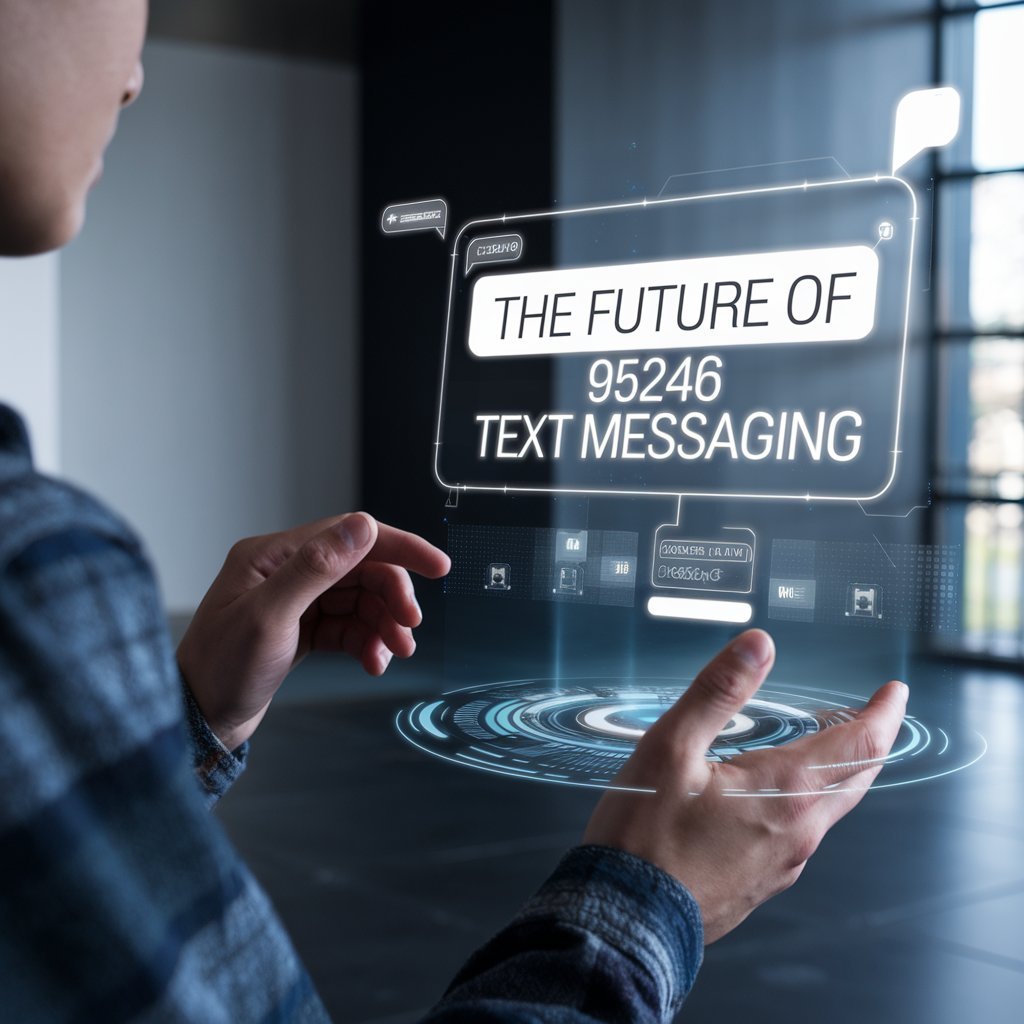
Trends in Short Code Messaging
Short code messaging is evolving rapidly, and 95246 is no exception. With the rise of mobile technology, short codes are becoming more integrated into everyday communication. Companies are using them for everything from marketing campaigns to secure verification processes. The versatility of short codes like 95246 makes them an essential tool in digital communication. As technology progresses, we can expect to see even more innovative uses for these codes, making interactions more seamless and efficient.
Innovations in 95246 Technology
The technology behind 95246 is constantly advancing. Developers are working on improving the security and speed of these messages to ensure that users receive their verification codes promptly and safely. There are also efforts to integrate artificial intelligence to better analyze and predict user needs, making the service more intuitive. This innovation not only enhances user experience but also boosts the reliability of services using 95246.
Future Security Enhancements
As with any technology, security is a top priority. The future of 95246 messaging involves robust security measures to protect users from potential threats. Enhanced encryption methods and real-time monitoring systems are being developed to safeguard personal information. Additionally, collaborations with security agencies are underway to ensure that any vulnerabilities are addressed swiftly. This proactive approach aims to maintain the integrity of 95246 messages and protect users from scams and unauthorized access.
As we look forward, the role of 95246 in secure communication is set to grow, offering users peace of mind while interacting with various services. The ongoing improvements in technology and security measures will likely make 95246 an even more trusted tool in the digital landscape.
User Experiences with 95246 Texts
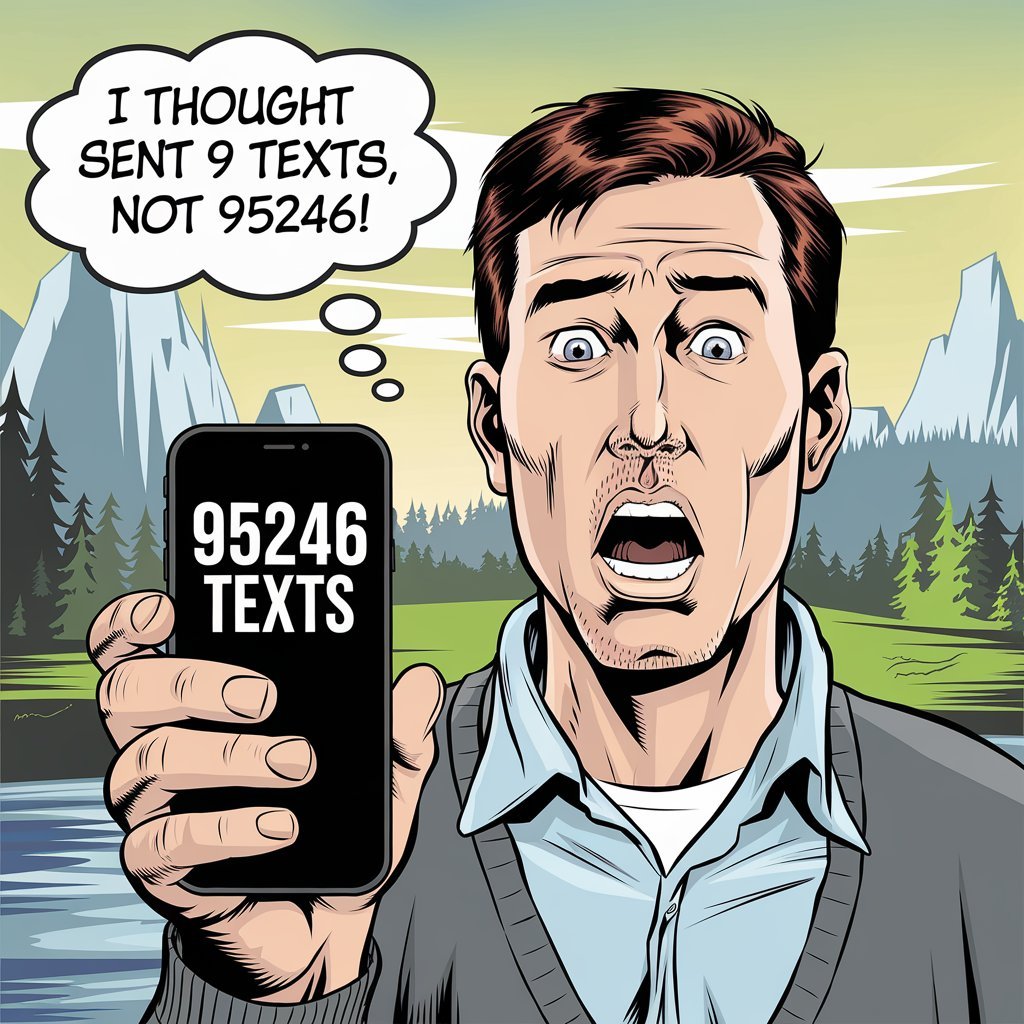
Real Stories from 95246 Users
Many people have different tales to tell about receiving texts from 95246. For some, it’s just a routine part of their online activities, especially when dealing with government services or online identity verification. One user shared how a 95246 text saved them from a potential identity theft, alerting them to unauthorized access to their account. Others mention the convenience of instantly getting verification codes when signing into secure platforms.
Lessons Learned from 95246 Experiences
- Always Verify: Make sure the message is genuinely from 95246. If anything seems off, double-check before clicking on any links.
- Stay Alert: These messages usually relate to your identity, so if something doesn’t add up, take action immediately.
- Keep Records: Document any suspicious texts. This can help if you need to report an issue.
Advice for New 95246 Users
For those new to receiving texts from 95246, here are a few pointers:
- Don’t Panic: If you receive a text, it’s often just a routine verification.
- Check Sender Details: Ensure the message is from 95246 and not a similar-looking number.
- Use Trusted Sources: If in doubt, contact ID.me support directly to confirm the message’s legitimacy.
Receiving a text from 95246 can be a bit unnerving if you’re not expecting it, but understanding how these messages work can help you stay calm and take the right steps to protect your identity.
By sharing these experiences and tips, users can better navigate the sometimes confusing world of online identity verification. For those interested in the practical applications of technology like this, exploring machine learning’s role in security can offer deeper insights.
How to Avoid 95246 Text Scams
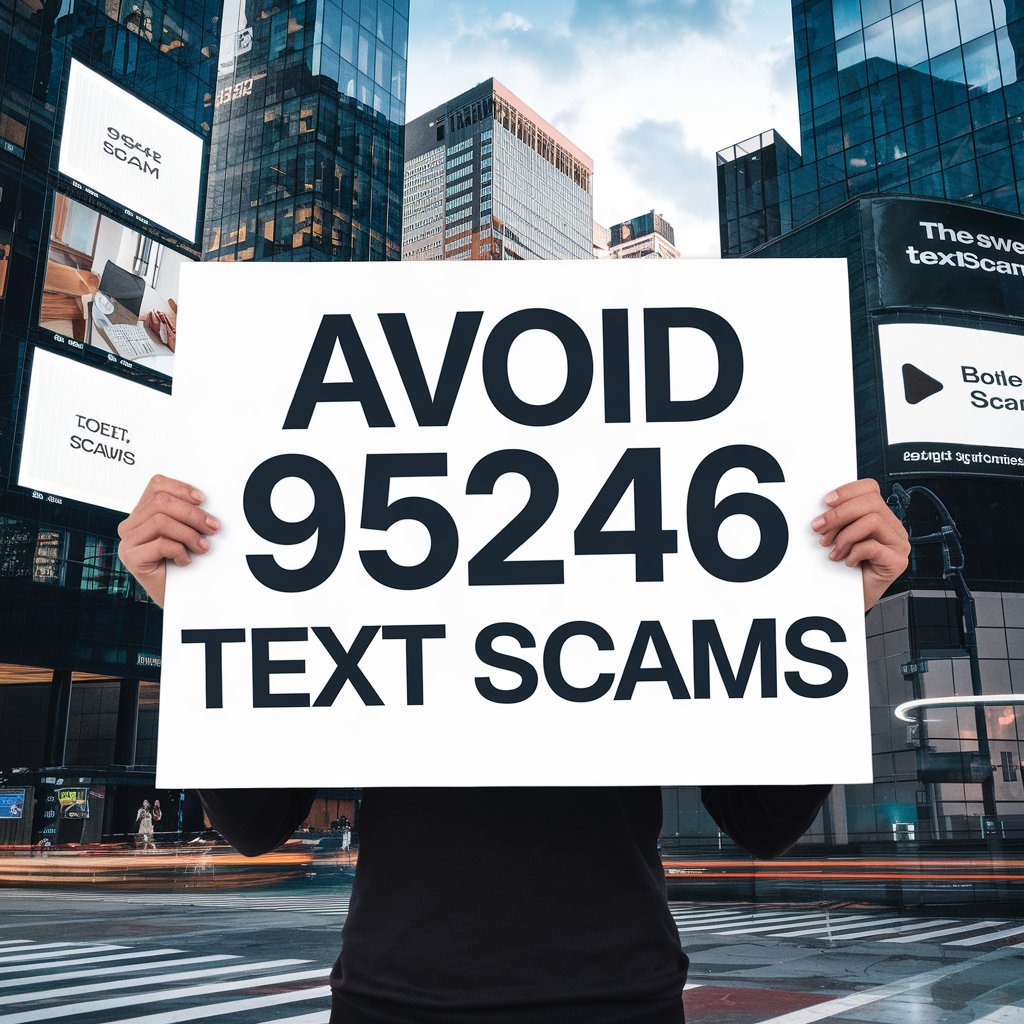
Tips for Identifying Scams
When it comes to spotting scams, especially those sneaky ones from 95246, you gotta keep your eyes peeled. Look for red flags like messages asking for personal info or urging you to click on suspicious links. These are classic scam tactics. Here’s a quick list to help you out:
- Check the sender’s number: Make sure it matches the official 95246 code.
- Look for generic greetings: Scammers often use “Dear Customer” instead of your actual name.
- Beware of urgency: Messages that pressure you to act fast are often scams.
Tools to Verify 95246 Messages
You don’t have to be a tech wizard to verify these texts. There are handy tools out there to help:
- Reverse phone lookup services: These can tell you if the number is legit.
- Official ID.me support: Check their website for any alerts about scams.
- Security apps: Some apps can flag suspicious messages for you.
Steps to Take if Scammed
If you do fall for a scam, don’t panic. Here’s what you should do:
- Report it immediately: Contact ID.me through their official channels.
- Change your passwords: Secure your accounts to prevent further breaches.
- Monitor your accounts: Keep an eye out for any unauthorized activity.
Staying informed and cautious is your best defense against scams. Remember, if something feels off, it probably is. Trust your instincts and always double-check before taking any action.
The Role of 95246 in Online Security
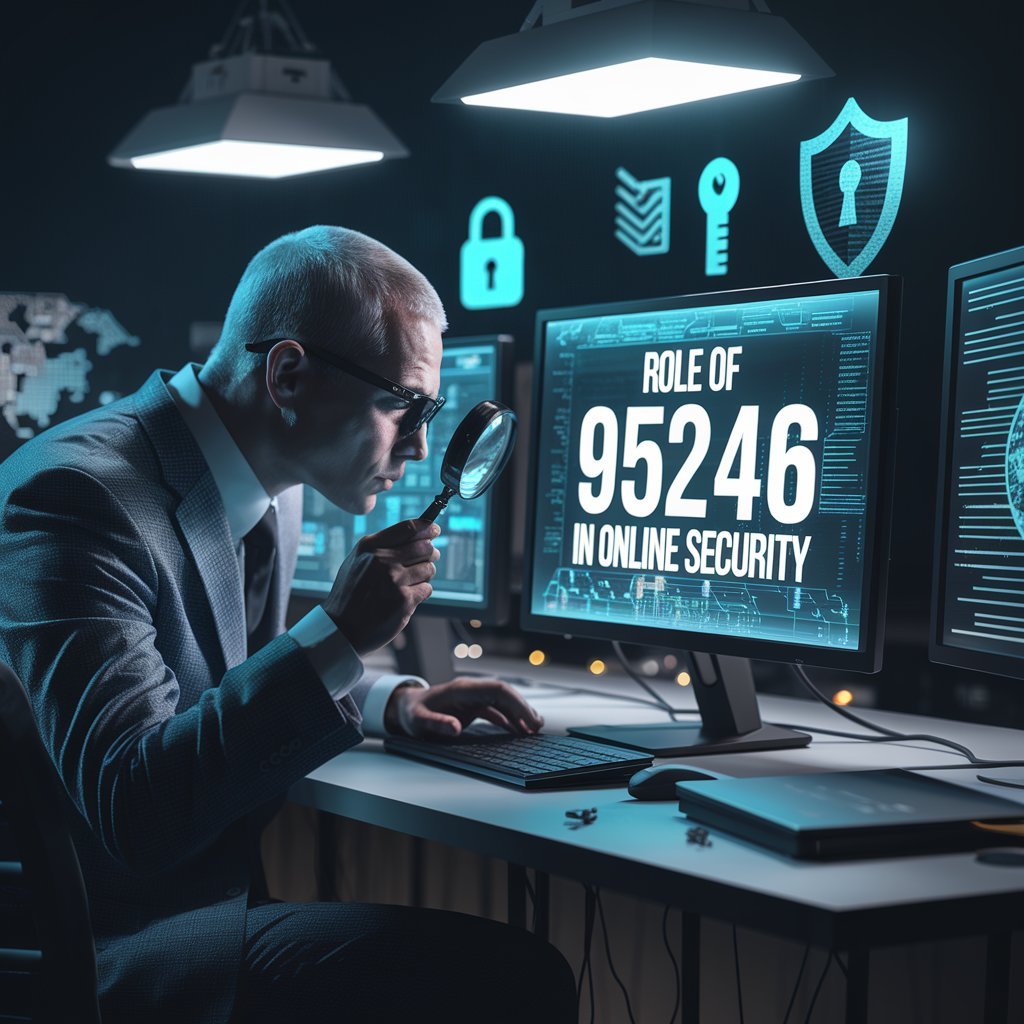
Enhancing Security with 95246
The 95246 short code plays a significant role in strengthening online security, particularly through its association with ID.me. ID.me is an identity verification service that uses this code to send verification texts, ensuring that the person accessing sensitive information is indeed who they claim to be. This process helps reduce the risk of unauthorized access and identity theft. By using a trusted short code like 95246, users can feel more confident in the security of their online transactions.
How 95246 Protects User Data
When it comes to safeguarding personal data, the 95246 code is integral. It’s used to send alerts and verification requests, which act as a first line of defense against potential breaches. Here’s how it works:
- You receive a text when your identity is used to log into a service, allowing you to confirm or deny the activity.
- If you didn’t authorize the login, you can report it immediately, preventing further unauthorized access.
- This quick response capability helps in mitigating damage from potential security threats.
Collaboration with Security Agencies
The use of 95246 isn’t just limited to individual users. It’s also a tool for broader security measures, often used in collaboration with government agencies and businesses that require stringent identity verification processes. By working together, these entities can better protect users’ information and ensure compliance with security standards. This cooperation also aids in the development of more robust security protocols, making online interactions safer for everyone.
With the increasing importance of digital security, tools like the 95246 short code are becoming essential in the fight against cyber threats. They provide a reliable method for verifying identities and protecting personal data in an ever-evolving online landscape.
For more information on related topics, you might be interested in reading about the Wage and Salary Ordinance for non-collectively bargained employees for 2025. This ordinance outlines important changes and regulations that could impact various sectors, including security protocols.
Wrapping It Up: Is That 95246 Text Message Legit?
So, there you have it. If you get a text from 95246, it’s probably from ID.me, a legit service used by many to verify identities online. It’s like showing your ID card, but on the internet. But hey, always double-check. Make sure the message is really from 95246 and not some sneaky scammer trying to trick you. If something feels off, trust your gut and don’t click on any weird links. Better safe than sorry, right? Stay smart and keep your info safe!
Frequently Asked Questions
What is the 95246 text message?
The 95246 text message is a notification sent by ID.me, a company that helps verify your identity online. It’s often used by government agencies and businesses to confirm your identity.
Why did I get a text from 95246?
You received a text from 95246 because ID.me is trying to verify your identity for a service or website you are accessing. It’s a way to make sure it’s really you.
Is the 95246 text message a scam?
Usually, the 95246 text message is not a scam if it comes directly from ID.me. However, always check the sender’s information to ensure it’s legitimate.
How can I verify if a 95246 message is real?
To verify if a 95246 message is real, check if the sender is actually ID.me. You can also contact ID.me directly through their official website for confirmation.
What should I do if I suspect a 95246 text is fake?
If you think a 95246 text is fake, do not click on any links or provide personal information. Report it to ID.me and avoid responding to the message.
Can I use a virtual number for 95246 verification?
Yes, you can use a virtual number for 95246 verification. It helps protect your real phone number and keep your information safe.
What are the signs of a scam text message?
Scam text messages often have poor spelling, ask for personal information, or come from unknown numbers. Be cautious if you notice these signs.
How does ID.me use the 95246 short code?
ID.me uses the 95246 short code to send verification messages and alerts about your identity being used online. It’s a security measure to protect your information.

